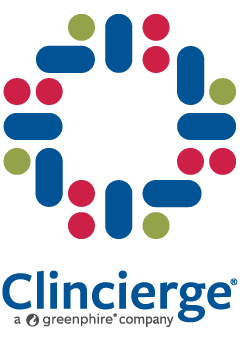Native American Heritage Month
For over 30 years, November has served as Native American Heritage Month. This month is a time to celebrate rich and diverse cultures, traditions, and histories and to acknowledge the significant contributions of Native people. Dr. Arthur Parker, a Seneca Indian, organized a day of recognition in conjunction with the Boy Scouts of America to honor “the first Americans.” After several reiterations, then-president George H. W. Bush approved a joint resolution in 1990 designating the month-long celebration.
Overcoming Obstacles and Improving Access to Healthcare
During November, we embrace the cultural diversity of Native Americans while also recognizing the historical controversy and challenges they face. In the 2020 United States Census, 3.7 million people identified as American Indian and Alaska Native (AI/AN) alone. Another 5.9 million identified as Native American in combination with another race. This total of almost 10 million people accounts for 2.9% of the entire United States population. Many Native communities, often residing on reservation lands, face steadily increasing obstacles such as limited resources, increased poverty, diminished access to healthcare services, and certain rare conditions.
The Indian Health Service (IHS), an agency within the Department of Health and Human Services for Alaskan Natives and Native Americans, implemented a comprehensive health service initiative to improve access and healthcare equity. By improving access to essential health and education services, more Native Americans have the opportunity to participate in clinical trials, which can provide life-saving treatments and improve the overall quality of life.
Like those of other close-knit demographic groups, individuals of Native descent have a higher incidence of certain rare diseases due to intermarriage and mutated genes within familial lines. The variances in genetic makeup and response to treatment are a few of many reasons why it is imperative to include diverse populations in clinical studies. Below we take a closer look at some of the rare diseases affecting these groups.
Rare Conditions Affecting Native Populations
Human HOXA1 Syndromes
These syndromes are caused by mutations in the HOXA1 genes, this ultra-rare group of protein disorders is found primarily in Navajo and Apache tribe members. The development of eyes, ears, and the cardiovascular system is affected, often leading to difficulty breathing, blood flow issues, and deafness. Patients are usually diagnosed in infancy due to congenital disabilities unique to these syndromes.
STAC3 Disorder
Formerly known as Native American myopathy (NAM), this genetic disorder of the neuromuscular system is found only within the Lumbee tribe in North Carolina. It is characterized by short stature, cleft palate, ptosis, and muscle weakness. Sadly, issues like pneumonia result in the deaths of 36% of patients by age 18.
Severe Aplastic Anemia (SAA)
With this rare blood condition, the bone marrow does not make enough blood cells for the body, and cell counts fall drastically. This often results in fatigue, infections, irregular or rapid heart rate, and shortness of breath. If severe or untreated, this disorder can lead to death. Although a definite genetic correlation has not yet been defined, members of the Pawnee tribe of Oklahoma are more susceptible to SAA.
Some families within the Pawnee tribe have shown a correlation to higher than average cases of leukemia, with several generations of family members diagnosed with these blood cancers. One study found that a genetic variation of leukemia-specific to those of Native American heritage, known as PDE4B, increases leukemia patients’ odds of relapse after treatment. Those with at least 10% Native American ancestry were 59% more likely to have their cancer return.
Make a Difference During November
Use the month of November to reflect on Native Americans’ influence on culture within the United States and understand some of the challenges affecting this demographic group. With continued clinical research, treatments and cures for these diseases are possible. When participating in rare disease clinical trials, the assistance of a patient support services provider ensures individuals of this diverse group can receive improved access and equitable care throughout their clinical trial experience.


